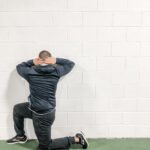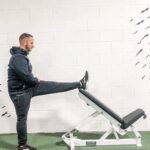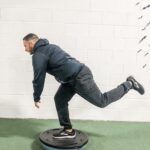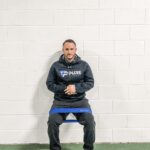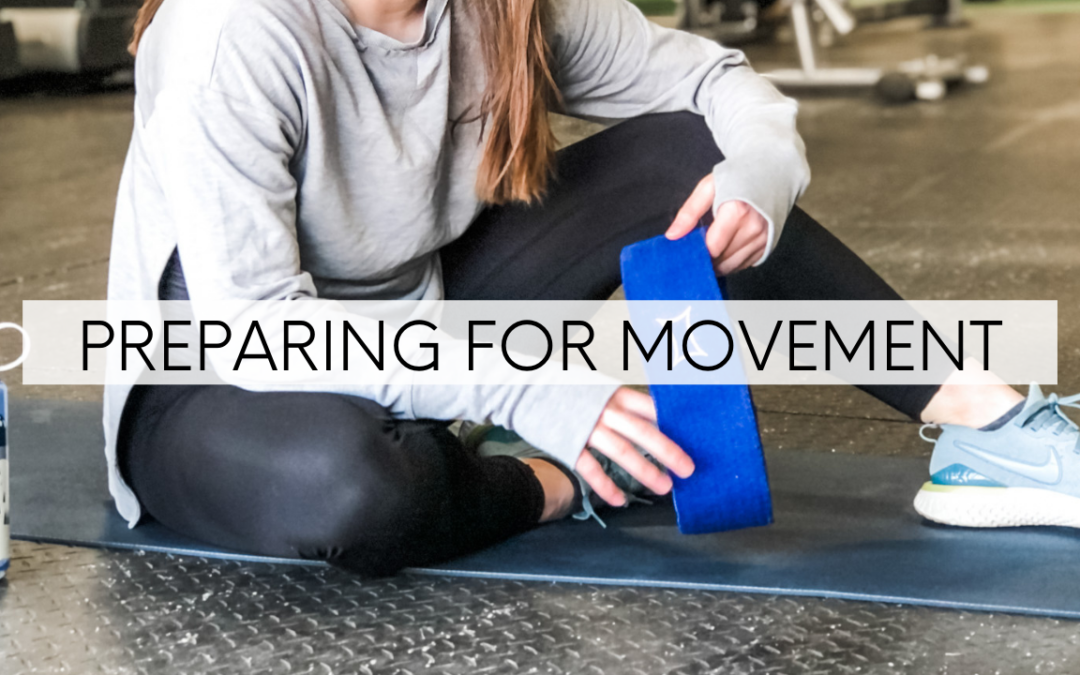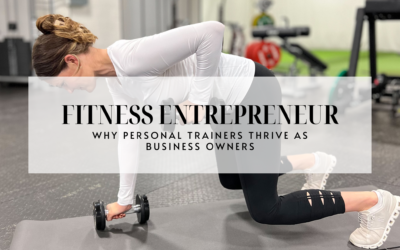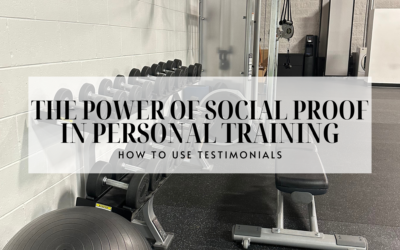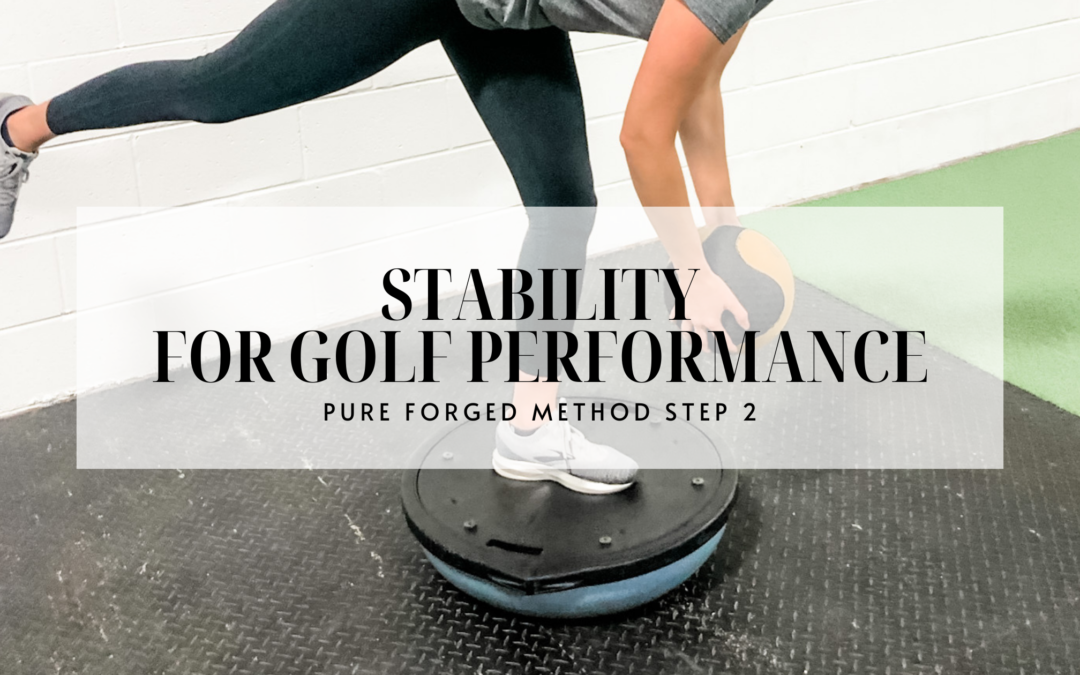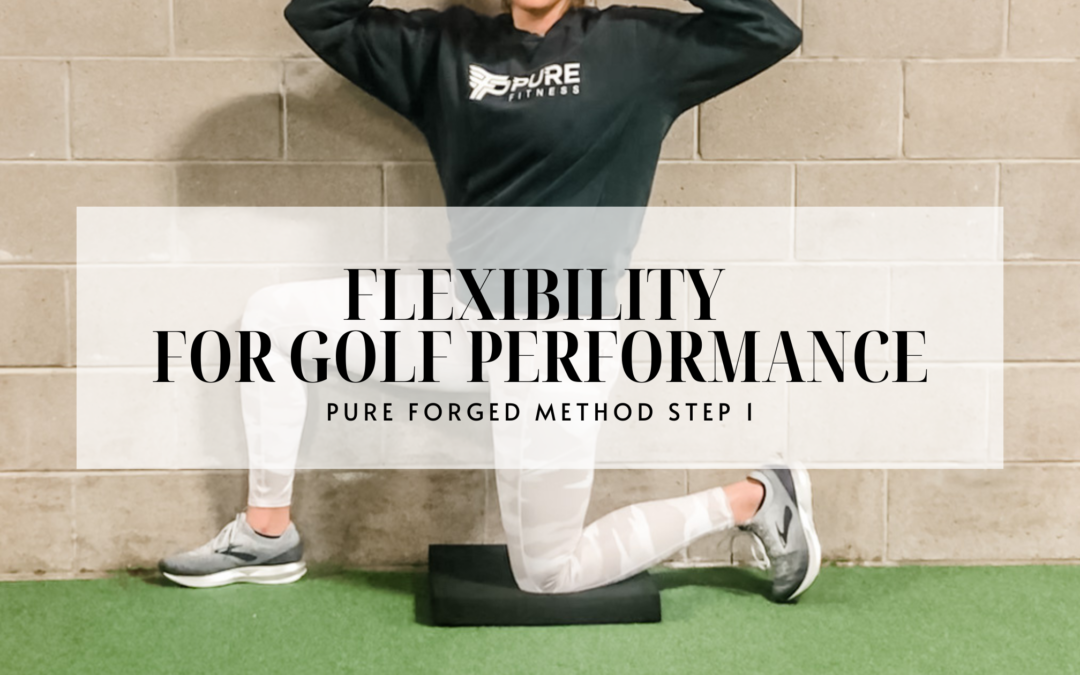As the heartbeat of the fitness world, personal trainers hold a unique power - the power to transform lives, ignite passion, and inspire lasting change. Now, imagine channeling that incredible force into something even more extraordinary - your own fitness business....

Metabolic Madness
As the Safer at Home Order continues in Wisconsin we remain dedicated to providing content and workouts. Everyday we release a workout on our YouTube page that can be done entirely from home. They are around 30 minutes in length and come with full instructions on form and technique. They have been a fun way to stay connected with our clients near and far. We have a new style workout today. I won’t be leading you through the workout, but rather I wrote one for you. The workout is written below and the only video on our YouTube page is explaining how to find the written workout.
This is a workout I dug out of my “library stacks”. Something I put together for clients while traveling for work and for myself, as I traveled frequently while coaching Junior Olympic volleyball. I made a few modifications and included some low impact options for people uncomfortable jumping. BUT all of these exercises have been featured at some point during the past 30 days of workouts. Additionally, they are relatively common exercise names that should be understood by most frequent exercisers.
Use Yoga to Live with Comfort
I am also excited to announce that we will be teaming up with Health In Balance Yoga in Mequon to provide weekly yoga workouts for you. Before the Safer at Home Order I took yoga classes here and loved every minute! The impact of strength training regularly and the high volume of endurance training I do made yoga the perfect answer for my stiff and sore body. Regardless of why you feel stiff and/or sore yoga can help. For those of you that haven’t tried yoga this will be a great introduction to possibly a new hobby. For those of you who have done yoga hopefully this allows you to restart or continue your practice during these times. Enjoy today’s workout below!
Metabolic Madness
Each 10-round ladder lasts five minutes. Each movement is laddered up to 10 reps. For example, do 1 pushup and 1 superman, then 2, then 3, then 4, up to 10 reps per exercise. You have five minutes to complete each ladder up to 1o. What you don’t finish you try for the next time you do this workout. This is a rest-based workout, which means you push until you have to rest, and rest until you can go again. Rest periods are not structured. Take them as you need. Just remember that for this to be 30 minutes of actual exercise each ladder has to be limited to 5 minutes in length.
| Ladder #1 | Duration | Repetitions |
| Push-Up
Superman |
5 minutes | 1, 2, 3, 4, 5, 6, 7, 8, 9, 10 |
| Ladder #2 | Duration | Repetitions |
| Squat
Star Jump (Fast Sumo Squats) |
5 minutes | 1, 2, 3, 4, 5, 6, 7, 8, 9, 10 |
| Ladder #3 | Duration | Repetitions |
| Bulgarian Split Squat Left
Bulgarian Split Squat Right |
5 minutes | 1, 2, 3, 4, 5, 6, 7, 8, 9, 10 |
| Ladder #4 | Duration | Repetitions |
| Half Burpee (no push up)
Knee to Elbow Plank |
5 minutes | 1, 2, 3, 4, 5, 6, 7, 8, 9, 10 |
| Ladder #5 | Duration | Repetitions |
| Single Leg Glute Bridge Left
Single Leg Glute Bridge Right Glute Bridge |
5 minutes | 1, 2, 3, 4, 5, 6, 7, 8, 9, 10 |
| Ladder #6 | Duration | Repetitions |
| Alternating Reverse Lunge | 5 minutes | 1, 2, 3, 4, 5, 6, 7, 8, 9, 10 |

